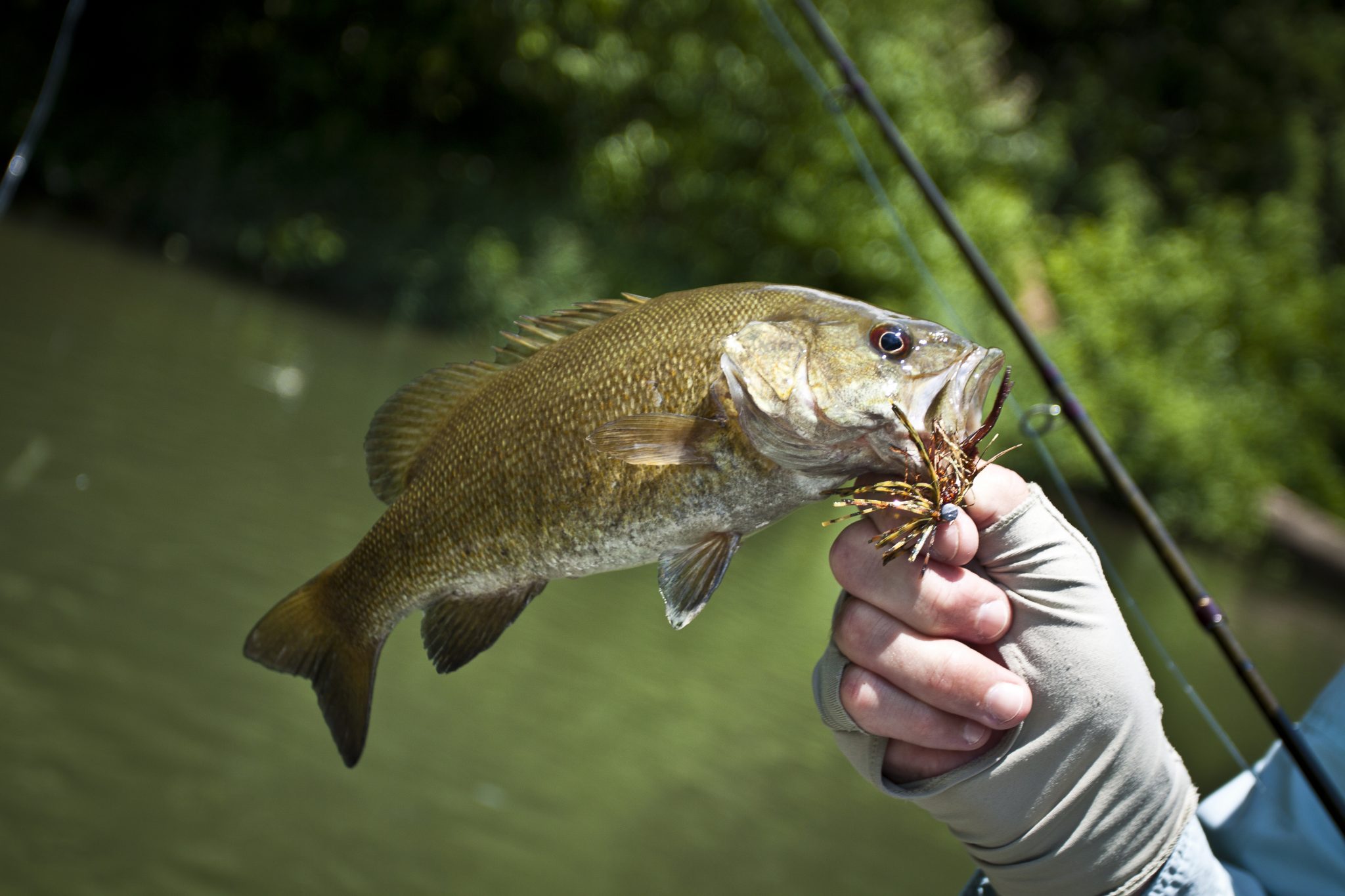Fish & Water

Relative weight is an index used by fisheries biologists to determine if a fish is in good condition, fat, or thin. It is calculated by dividing the weight of a fish by the expected weight for a fish of the same species at the same length growing rapidly with plenty of food. In the scientific and management literature, this index is usually multiplied by 100 to put it in whole units or percentages. A relative weight below 80 is very thin, around 90 is average, and greater than 100 is considered fat.
In a well-managed fishing pond, the fish would typically have relative weights around 90. For a more detailed description of how to weigh and measure fish and how to interpret relative weights, read more here “Relative Weight: An Easy-to-Measure Index of Fish Condition.” For example, a largemouth bass that is 16 inches long and weighs 2 pounds would have a relative weight of 89%, which is average.
The calculator below can help you determine the relative weight of largemouth bass, bluegill, redear sunfish (shellcrackers), channel catfish, or black crappie. You can either use metric units with the total length of the fish in millimeters and weight in grams or English units with the length of the fish in inches and weight in pounds and ounces. Measure the fish from the tip of the nose to the end of the tail squeezed together. Digital or spring scales are convenient ways to weigh fish.

